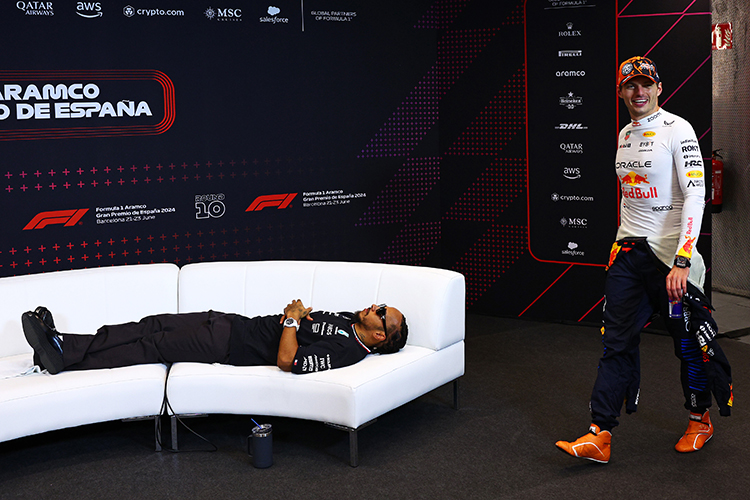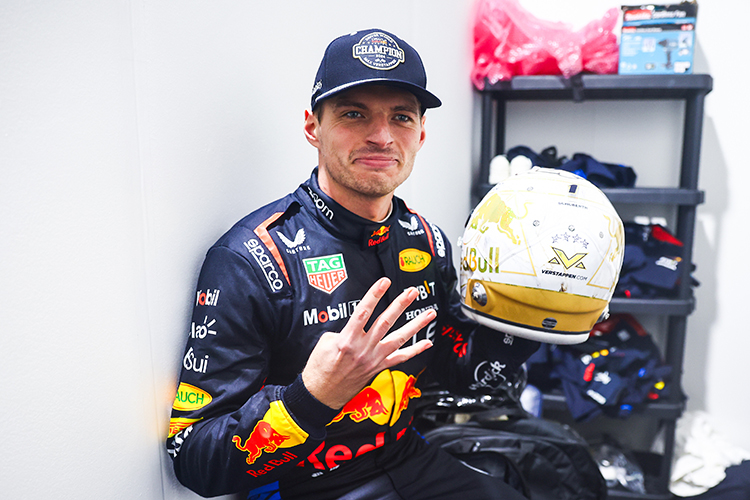Understanding the Rules Governing DRS in Formula 1

Formula 1 World Champions: A legacy of racing legends
What are the rules governing the activation and deactivation of DRS in Formula 1?
Learn the rules governing DRS activation and deactivation in Formula 1. Explore how the FIA ensures fair competition, safety, and strategic depth in racing.
What Is DRS in Formula 1?
The Drag Reduction System (DRS) is a revolutionary feature in Formula 1 designed to improve overtaking and optimize lap times. However, its usage is tightly regulated to ensure fair competition and maintain driver safety.
DRS Activation Rules
The FIA enforces specific guidelines for when and how DRS can be activated to preserve racing integrity.
1. Activation Zones
DRS is only permitted in designated zones on the track, typically on long straights to encourage overtaking. The number and placement of these zones vary by circuit, with some tracks featuring multiple zones.
2. Gap Requirement
During races, drivers can activate DRS only if they are within one second of the car ahead at the DRS detection point. This gap is monitored in real-time by FIA telemetry, and drivers are informed of eligibility through steering wheel displays or team radio.
3. Qualifying Sessions
In practice and qualifying sessions, DRS usage is unrestricted, allowing drivers to deploy it freely within DRS-safe zones. This helps maximize lap times and refine car setups.
4. Race Start and Restarts
To promote safety, DRS is disabled for the first two laps following a race start, safety car restart, or virtual safety car (VSC) period. This rule ensures drivers establish race rhythm before leveraging the overtaking advantage.
5. Safety Conditions
DRS activation is prohibited during yellow flag conditions, safety car deployments, or when track conditions are deemed unsafe, such as in heavy rain or debris-laden sections.
DRS Deactivation Rules
While activation is driver-controlled, deactivation is primarily automated to prioritize safety and car handling.
1. Automatic Deactivation
DRS automatically deactivates when the driver applies the brakes or exits the designated DRS zone. This ensures seamless transitions without compromising car control.
2. Manual Deactivation
Drivers can manually deactivate DRS if necessary, although the system's automation minimizes the need for this.
3. Situational Restrictions
Once a driver overtakes another car using DRS, they cannot reactivate it until they pass the next DRS detection point and meet the eligibility criteria.
Penalties for DRS Misuse
The FIA monitors DRS usage rigorously, and violations can result in severe consequences, including:
- Time penalties added to the driver’s race time.
- Grid penalties for the next session if violations occur in qualifying.
- Disqualification in extreme cases of rule breaches.
Strategic Importance of DRS Rules
The regulations governing DRS significantly influence race strategy:
Overtaking Battles
Drivers must approach DRS zones strategically, timing their moves to maximize overtaking opportunities.
Defensive Driving
Drivers in the lead adjust their racing lines and manage pace to minimize vulnerability to DRS attacks.
Race Management
Teams use DRS strategically to conserve energy, manage tire wear, and execute team orders effectively.
Why Are These Rules Necessary?
The DRS rules are essential for maintaining safety, fairness, and competitive depth in Formula 1:
- Safety: Limiting DRS in hazardous conditions ensures drivers maintain adequate control.
- Fair Competition: The one-second gap rule prevents DRS from becoming an unfair speed advantage.
- Strategic Complexity: Tying DRS usage to specific conditions adds tactical depth to races.
Conclusion
The rules governing DRS activation and deactivation in Formula 1 reflect the sport’s commitment to safety, fairness, and thrilling competition. By regulating this innovative system, the FIA ensures that DRS remains a strategic tool, enhancing the spectacle of modern motorsport.
Up Next



